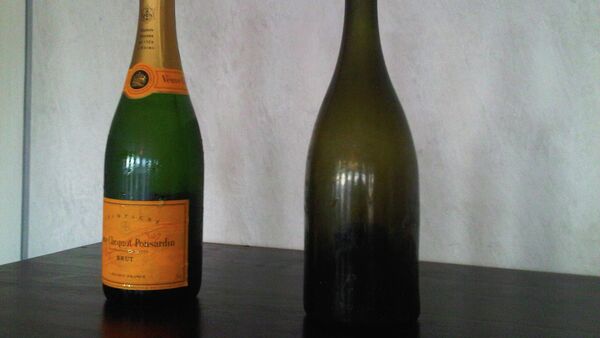The study comes five years after 168 bottles of what is thought to be the world's oldest champagne were found 50 meters (165 feet) below the Baltic Sea.
Some of the bottles were unusually well-preserved thanks to the cold and dark conditions. In 2011 and 2012, several of them were sold at auction for tens of thousands of dollars.

The study, led by Professor Philippe Jeandet of the University of Reims in Champagne-Ardenne, reported "chemical and sensory analysis" of the rare champagne.
"Possibly the most striking feature of the Baltic champagne samples is their extraordinarily high sugar content," the study said.
According to the research, the liquid contained nearly 140 grams of sugar per liter, about triple the amount typically seen in modern-day samples.
The chemical analysis showed that the winemakers at the time used high levels of concentrated grape juice to sweeten the champagne, rather than cane sugar. The alcohol content was around 9 percent, compared to 13 percent in today's brands.
Additionally, scientists have found "unexpectedly high" levels of iron, copper and table salt in the old samples, much higher than compared to modern champagne.
Wine-tasting experts, for their part, described the vintage champagne as "grilled, spicy, smoky and leathery, together with fruity and floral notes."


